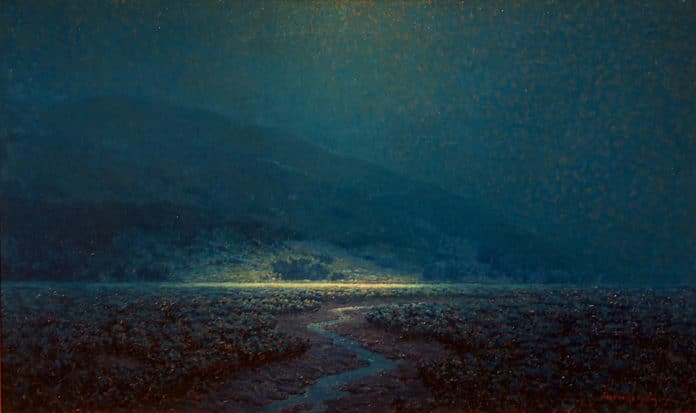Just a few more weeks remain until this brilliant exhibition of masterful nocturnes dismounts from the walls of the Irvine Museum.
For those artists who’ve talked to me recently, I’ve been on somewhat of a nocturne high—I simply can’t get enough of them. Perhaps I’m drawn to each artist’s unique ability to discern those subtle graduations of value, or how they tackle the relative lack of color after the sun says goodnight. Maybe it’s the ambient light—from a neon sign or the bulbs from a passing car. Whatever it may be, nocturnes are challenging for artists and for centuries some of them have tackled the subject with great success.
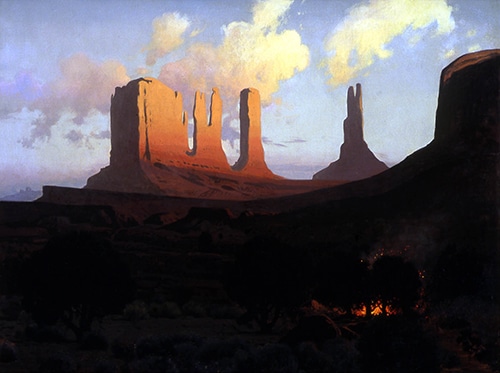
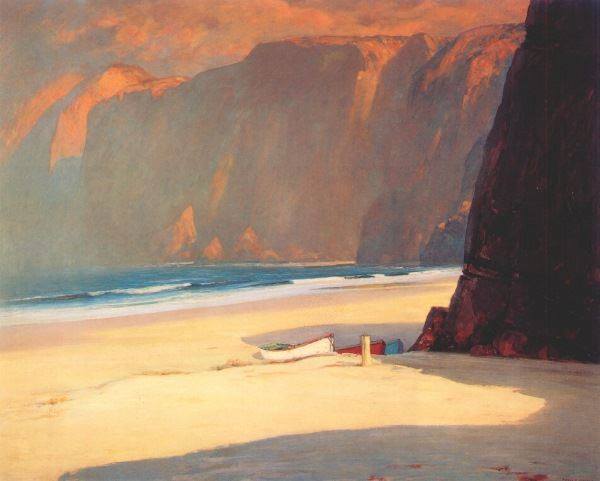
The Irvine Museum in California has a current exhibition on view through September 28 that—if you haven’t seen it already—is a must-see. Titled “Dust till Dawn”, the exhibition draws from the museum’s permanent collection of nocturnes by some of the most celebrated plein air artists in history. “Working in the 1870s,” the museum writes, “James McNeill Whistler was among the first artists to paint blue night scenes, which he called “nocturnes.” In 1889, Vincent van Gogh painted “Starry Night” in multiple tones of blue. In America, many artists were painting blue night scenes, including Frederic Remington, Maxfield Parrish and Frank Tenney Johnson.
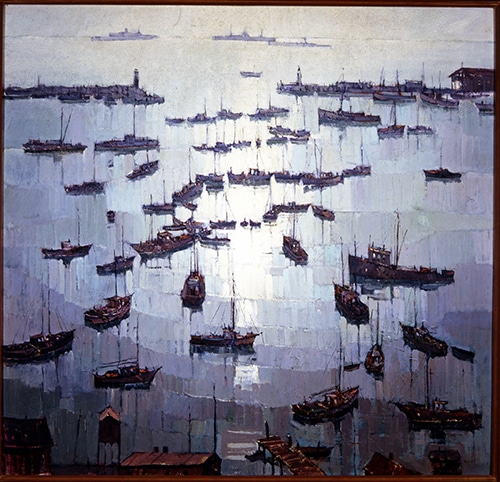
Some of the paintings in “Dusk till Dawn” rely on the old method of darkening shadows, such as “Landscape with Indians,” by Virgil Williams, and “Sunset in Monument Valley,” by James Swinnerton. In these paintings, the vivid sky effects of sunset supersede the need for clarity. Most, however, were painted by artists who were trained in Impressionism and thus use various tones of blue. Two remarkable examples are the “Nocturne” paintings by Granville Redmond.
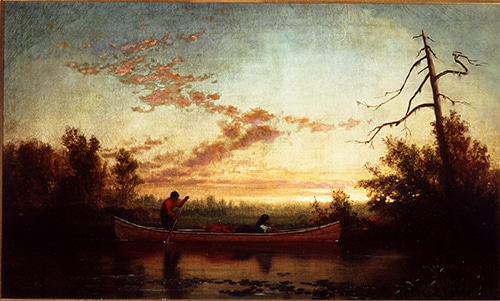
“Inner Harbor,” painted in 1929 by Paul Sample, shows San Pedro Harbor aglow in the ethereal light of the full moon, while “In Morning Light” by Alfred Mitchell shows the beach at La Jolla just starting to warm up early in the morning.
This display also features a number of excellent works by award-winning contemporary landscape painters.
To learn more, visit the Irvine Museum.
This article was featured in PleinAir Today, a weekly e-newsletter from PleinAir magazine. To start receiving PleinAir Today for free, click here.

